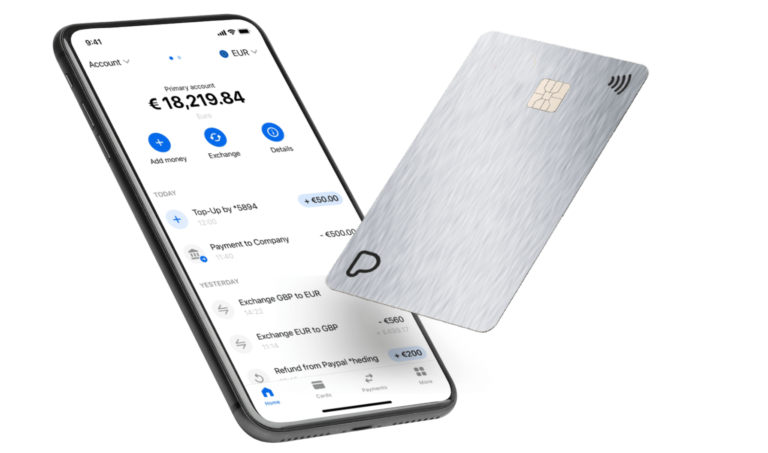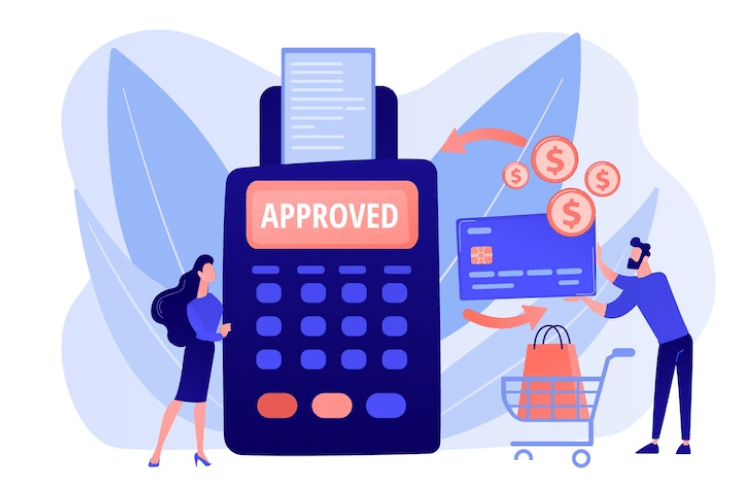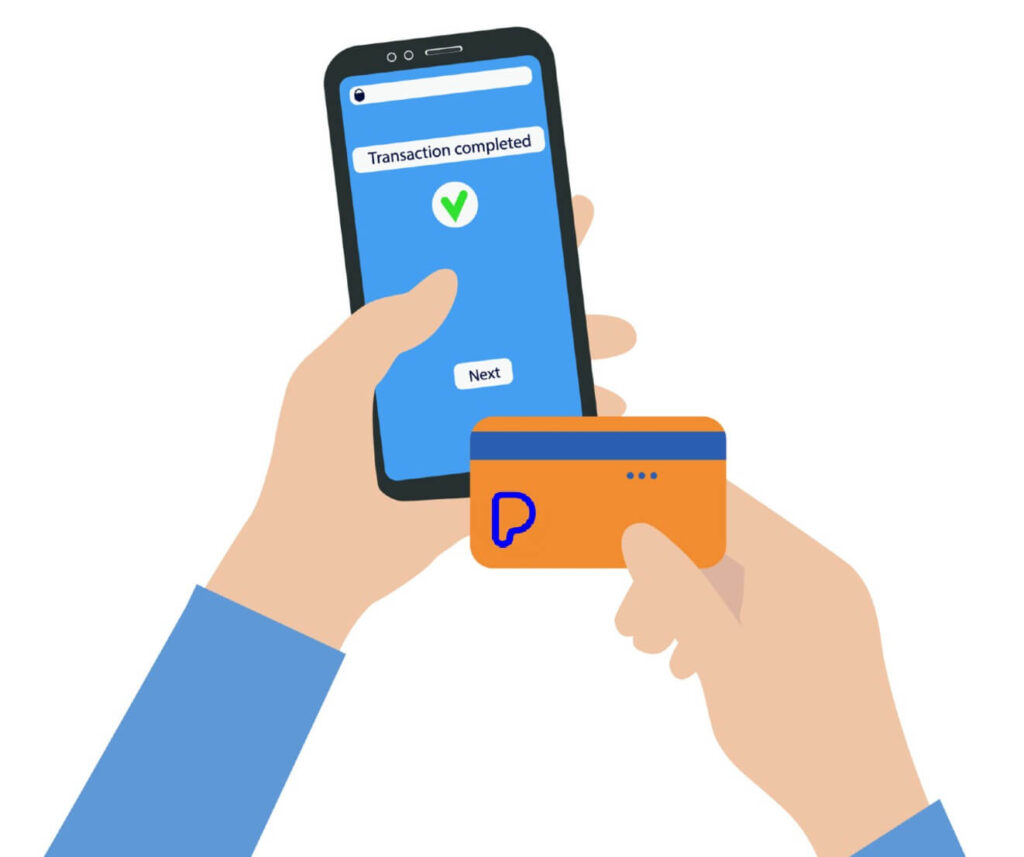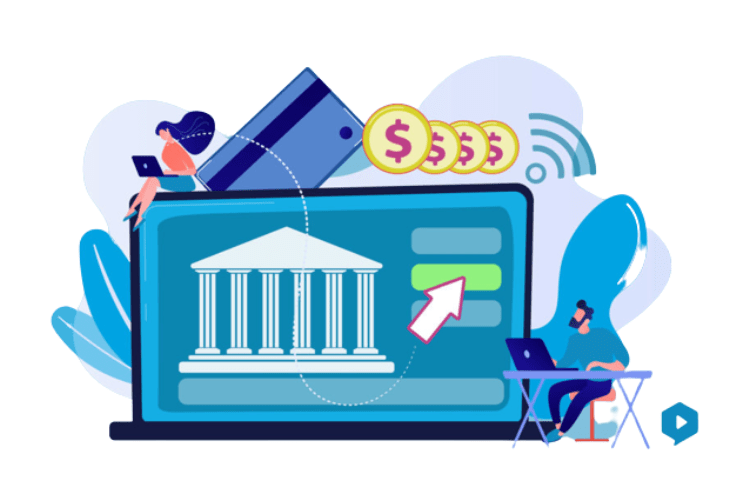Watch video summary
I. Introduction
As the e-commerce and online business landscape in general continues to evolve rapidly, businesses must adapt to their customers’ changing needs to remain competitive. One crucial aspect of this adaptation is offering a seamless payment experience across all channels – both online and offline. Omnichannel payments involve the integration of various payment methods, delivering a consistent and user-friendly experience for customers, regardless of their chosen interaction method with your business. In this article, we will delve into the benefits of omnichannel payments, discuss strategies for integrating online and offline solutions, and share our opinion on the future of omnichannel payments in e-commerce.
II. Benefits of Omnichannel Payments
A. Improved Customer Experience
We believe that providing a seamless and consistent payment experience across all channels is essential for meeting the ever-increasing expectations of modern customers. Omnichannel payments allow customers to select their preferred payment method, whether it’s in-store, online, or via a mobile app, and complete transactions with ease. This flexibility not only enhances customer satisfaction but also helps build brand loyalty, as customers are more likely to return to businesses that cater to their needs and preferences.
B. Streamlined Operations
The integration of online and offline payment solutions can significantly streamline business operations. By consolidating payment processes, businesses can simplify their payment infrastructure, making it easier to manage and maintain. Furthermore, a unified payment system enables businesses to track sales and customer data across all channels, providing valuable insights into customer behavior and preferences. In our view, this data-driven approach can assist businesses in making informed decisions, optimizing their offerings, and ultimately driving growth.
C. Increased Sales
Providing a wide range of payment options, both online and offline, can lead to increased sales for businesses. With more ways to pay, customers are more likely to complete their purchases, reducing cart abandonment rates and increasing conversion rates. In our opinion, businesses that adopt omnichannel payment strategies demonstrate their commitment to meeting customer needs, which can help attract new customers, retain existing ones, and ultimately boost revenue.
III. Security Considerations
A. Fraud Prevention and Detection
As businesses integrate online and offline payment solutions, they must also prioritize security to protect both themselves and their customers. Implementing robust fraud prevention and detection measures, such as multi-factor authentication, tokenization, and real-time monitoring, can help businesses safeguard against potential threats.
B. Compliance with Regulations
Businesses should ensure they are compliant with relevant payment industry regulations, such as the Payment Card Industry Data Security Standard (PCI DSS) and the General Data Protection Regulation (GDPR). Compliance with these regulations not only helps businesses maintain a secure payment environment but also fosters trust among customers.
IV. Integrating Online and Offline Solutions
A. Consistent Payment Options
A key aspect of integrating online and offline payment solutions is guaranteeing that customers have access to consistent payment options across all channels. In our view, businesses should prioritize offering popular payment methods, such as credit and debit cards, mobile wallets, and contactless payments, both in-store and online. By providing a consistent and familiar payment experience, businesses can reduce friction during the checkout process, making it more likely that customers will complete their transactions.
B. Unified Data Management
Integration of online and offline payment solutions also involves unifying the management of transaction data. In our opinion, businesses should invest in robust payment processing platforms that enable the seamless exchange of data between online and offline channels. This unified approach can help businesses gain valuable insights into customer behavior, preferences, and trends, which can be leveraged to optimize marketing efforts, product offerings, and overall customer experience.

C. Adapting to Customer Needs
We believe that the integration of online and offline payment solutions should be an ongoing process, as businesses must continually adapt to continue the evolving needs and preferences of their customers. This may involve integrating new payment methods, such as cryptocurrencies or biometric authentication, as they gain popularity among consumers. Additionally, businesses should be prepared to adapt their payment infrastructure to accommodate emerging technologies, such as the Internet of Things (IoT) and augmented reality, which have the potential to reshape the e-commerce landscape.
V. Best Practices for Implementing Omnichannel Payments
A. Collaborate with Payment Providers
In our view, businesses should collaborate closely with payment providers to ensure a seamless integration of online and offline payment solutions. Establishing strong partnerships with payment providers can help businesses stay informed about industry trends and access new technologies and payment methods as they emerge.
B. Educate and Train Employees
To successfully implement omnichannel payments, businesses should educate and train their employees on the various payment methods and technologies involved. Ensuring that employees are well-versed in these methods can help businesses provide a smooth and consistent customer experience across all channels.
C. Monitor and Analyze Data
Businesses should continuously monitor and analyze transaction data to identify patterns, trends, and areas for improvement. By keeping a close eye on this data, businesses can make informed decisions, optimize their payment processes, and deliver a better customer experience.
VI. The Future of Omnichannel Payments
A. The Role of Artificial Intelligence and Machine Learning
In our opinion, artificial intelligence (AI) and machine learning will play a significant role in the future of omnichannel payments. These technologies can be leveraged to improve fraud detection, enhance personalization, and optimize the overall payment experience for customers.
B. The Integration of IoT Devices
As IoT devices become more prevalent in consumers’ lives, we believe that businesses should prepare for the integration of these devices into the omnichannel payment landscape. IoT devices, such as smart speakers and wearables, can offer new payment experiences and opportunities for businesses to connect with their customers.
VII. Conclusion
We believe that omnichannel payments are a critical aspect of modern e-commerce, providing businesses with a competitive edge by catering to the diverse needs of their customers. Integrating online and offline payment solutions can significantly improve the customer experience, streamline operations, and ultimately lead to increased sales. As technology continues to evolve and customer preferences change, businesses must remain proactive in adopting new payment methods and technologies to stay ahead of the curve and provide the best possible payment experience for their customers.
In closing, we at Payine understand the importance of adapting to the ever-changing world of payments, and as a leading electronic money institution, we are committed to helping both individuals and businesses navigate this complex landscape. Our cutting-edge solutions, dedicated customer support, and in-depth industry knowledge empower our clients to streamline their operations, and deliver an exceptional payment experience to their customers. By partnering with Payine, businesses can confidently step into the future of e-commerce and online businesses and unlock the full potential of an integrated, seamless, and user-friendly payment ecosystem.




